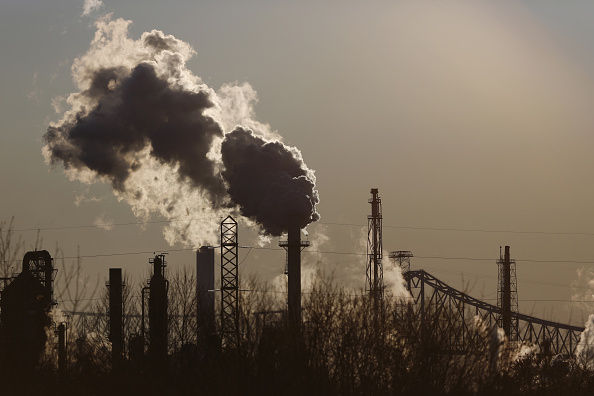Which way are oil prices headed?
Why expensive oil has become a distant memory

The price of oil has stabilised around the key level of $50 per barrel, which is the OPEC target for the end of 2016. Disruptions of production in several countries, including Libya, Nigeria and Venezuela, and the anticipated higher summer demand in the United States have reduced some excess supply in the market. However, it may not be the end of the downward trend yet. Four main factors could push oil price down in the coming months.
First, the price war between Saudi Arabia and Iran is still going on in order to regain market share. Compared to June 2014, monthly production in Saudi Arabia increased by 4.2 per cent while that of Iran rose 13 per cent. Despite official statements, there is no appeasement between the two countries regarding the issue of oil production. After cutting oil price for the Asian market, Saudi Arabia also decided to cut it for the European market last week amid Iran ramp-up. The competition between the two countries will intensify and could even last once Iran has reached its year-end production target.
In the short term, the market is focused on Iran and Saudi Arabia but in the long term, the increase in Iraqi production poses the greatest risk for the market. Compared to June 2014, monthly production of the country experienced the largest increase among all the oil producing countries, jumping around 32 per cent. In the years ahead, the increase in production is likely to intensify despite persistent geopolitical risk in the region.
Secondly, OPEC cannot afford that oil price jumps durably above the threshold of $55-60 a barrel. From this level, the US shale oil operators are again profitable and will be able to flood the market with their production in the space of a few weeks. In just two years, impressive technical progress has been made allowing some oil shale reservoirs located in South Dakota to be profitable even at $20-25 a barrel. OPEC is fully aware that it cannot win the war against shale oil. Its development is inexorable, especially because it is essential to ensure US energy independence. However, the cartel can prevent as much time as possible the return of shale oil operators in the market in order to enable OPEC members to reduce their dependence on oil revenue. Therefore, in no case may the price of oil reach $60 a barrel in the coming quarters.
Third, historically, there is a negative correlation between the US dollar and oil. When the dollar strengthens in the forex market, oil prices fall – and vice versa. The process of normalisation of the US monetary policy started last December should accentuate the value of the US dollar. There will be at least one additional rate increase of the FED this year. Investors have already partly priced this perspective. In May, the dollar recorded its biggest monthly gain in two years against its ten major counterparts. The exchange rate of the US currency rose 3.7 per cent. In a world where the returns are low almost everywhere, only the US economy represents an attractive investment opportunity. Consequently, the global demand for dollars increases, which accentuates the exchange rate of the US dollar and pushes oil prices down.
Fourth, it was observed that the evolution of real commodity prices can be explained by super-cycles mostly determined by economic growth, technological innovations and demography. Since the industrial revolution of the 19th century, there has been four super-cycles that lasted usually between 30 and 50 years. Each super-cycle is composed of a bull market and a bear market. The current super-cycle peaked in 2008-2011 in the aftermath of the global financial crisis. Since then, a bearish trend has started that could last at least until 2022-2025 according to the forecasting models.
The last months confirmed that it is almost impossible to predict accurately the price of oil. Even the most famous oil analysts got it wrong. However, the probability is very high that oil price will remain low in the coming years. High oil price is a distant memory. Things actually return to normal. From 1861 to today, the average real price of oil was $33.90 a barrel. The anomaly is not the current period but that of 2011-2014 when oil price was around $100 a barrel.
Christopher Dembik is head of Macro Analysis at Saxo Bank
